8. George Sluizer – The Vanishing (1988)
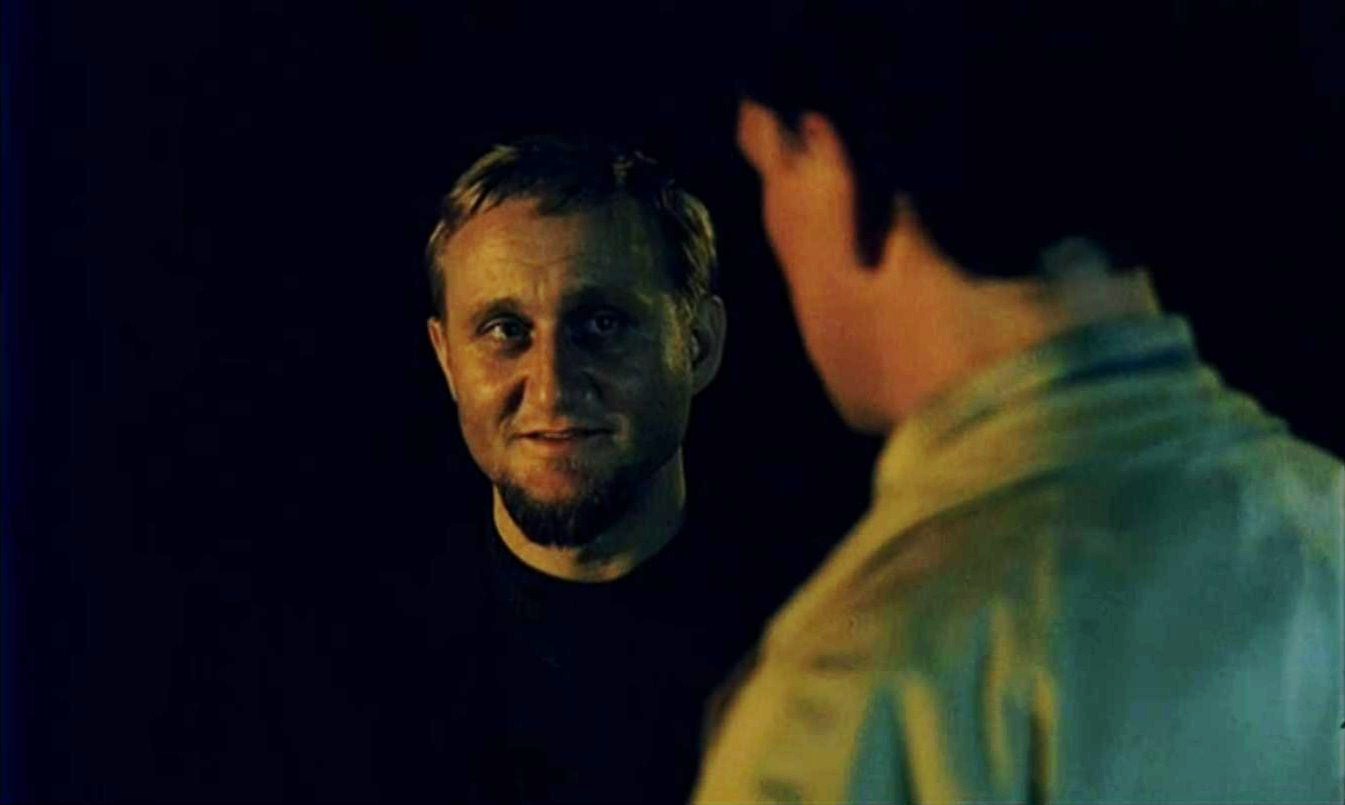
One dangerous idea for foreign directors is to try and remake their breakthrough success in Hollywood. There may not be a better example of this decision ruining a career than George Sluizer. In 1988, he directed the enticing thriller The Vanishing, a film about a man’s unyielding search for his girlfriend after she goes missing at a rest stop.
The Dutch-French release was praised upon its release for its structure, command over the audience, and daring development of the story. Sluizer would make one more film before departing for Hollywood.
His first United States feature was a remake of The Vanishing, starring Jeff Bridges, Kiefer Sutherland, and Sandra Bullock. Released in 1993, the film was a box office bomb and was critically panned by many top critics at the time of its release. Although the rest of his filmography is unimpressive at best, there is some interest around whether Sluizer could have saved his career, barring tragedy.
Sluizer’s follow up film to the remake of The Vanishing was Dark Blood, which had River Phoenix cast as the lead. Phoenix died before the film was completed and production was abandoned for almost twenty years, before the film was eventually finished and given a limited release in 2012. Reviews were positive for Dark Blood, leading to some speculation about how the film would have done if it was both completed on time and its lead had lived.
9. Elem Klimov – Come and See (1985)
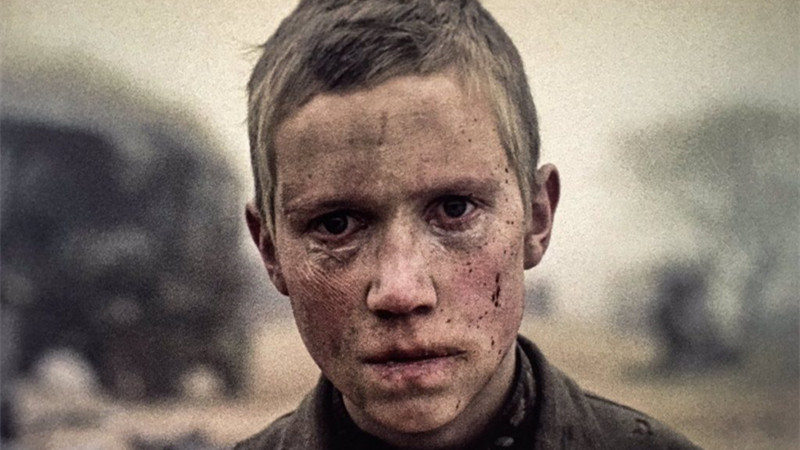
Best known for his final film, Elem Klimov was a Soviet director whose career spanned over twenty-five years. His final film was Come and See (1985), often considered one of the greatest war films of all time and one of the crowning achievements of Soviet-era cinema. The powerful film tells the story of a boy who joins the Soviet Resistance, fights the German forces, and experiences the horrors of war first-hand during World War II.
Despite intending to film Come and See in 1977, censors prevented Klimov from commencing production until 1984. Prior to Come and See, Klimov’s films had achieved various levels of acclaim within the USSR, but reception was limited elsewhere.
Come and See was his breakthrough, but before he could move onto a new project, he was chosen by contemporaries as the First Secretary of the Filmmakers’ Union. When he resigned from the position in 1988, he intended to return to filmmaking, but never completed another film.
10. Souleymane Cissé – Yeelen (1987)
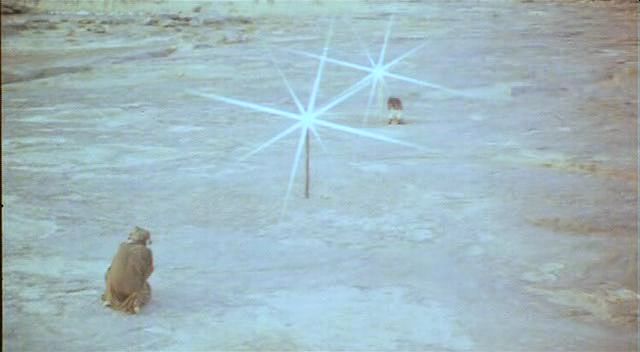
With a career spanning more than forty years, Souleymane Cissé certainly has one of the longest filmmaking careers on this list. Despite directing less than a dozen feature films, he is responsible for the fantasy film Yeelen (1987).
Often regarded among the best African films, Yeelen tells the story of a young man gifted with magical powers who seeks out his uncle for guidance in fighting his father, who is tracking him and intends to kill him. Released to widespread acclaim, this film is the only real highlight in Cissé’s career. Despite many of his films being accepted and screened at the Cannes Film Festival, none of his films have received the widespread release that Yeelen did.
11. Monte Hellman – Two-Lane Blacktop (1971)
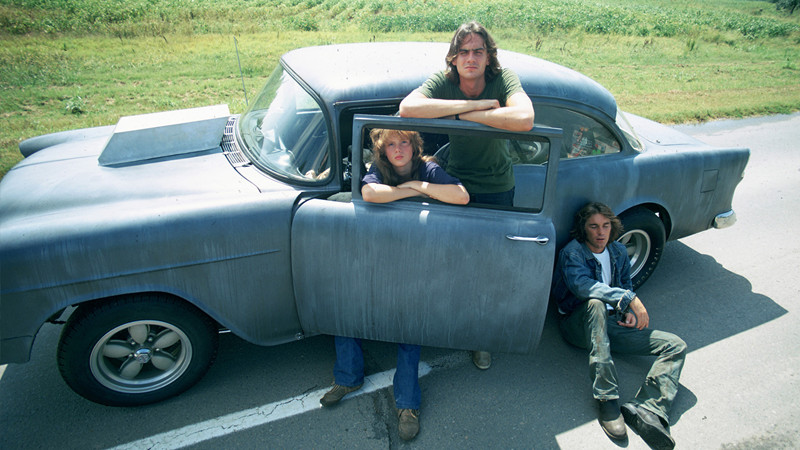
Owner of the longest filmmaking career on this list, Monte Hellman is a cult favorite. His most acclaimed film is Two-Lane Blacktop (1971), a road movie about two men (played by musicians Dennis Wilson of The Beach Boys and James Taylor) who leave California, head east, pick up a girl, and challenge another driver to a cross-country race.
Today, the film is one of the most beloved cult classics and road movies. Despite getting solid reviews at the time of its release, Two-Lane Blacktop flew under the radar of audiences at first.
Boasting a varied but spaced out career, Hellman has directed horror films, westerns, and romantic thrillers among other genres over the last almost sixty years. Hellman’s most recent film, 2010’s Road to Nowhere, received critical acclaim, but much like many other Hellman films, only received a limited release.
12. Sergei Bondarchuk – War and Peace (1966)
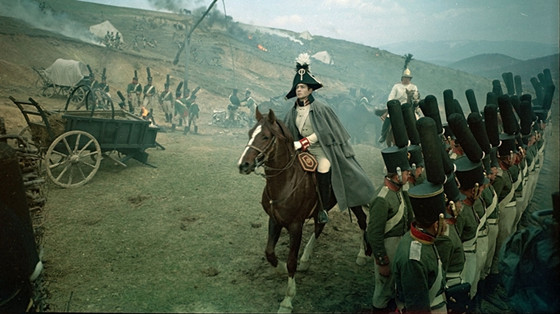
As an actor, Sergei Bondarchuk was regarded as one of the best Soviet actors of his time. As a director, he was beloved in the USSR and directed three winners of the grand prize at the Moscow International Film Festival, the first being Destiny of a Man (1959) and the last being The Journalist (1967). But to the rest of the world, it is his second of three victories at the Moscow International Film Festival that he is known.
That film is War and Peace (1966), the epic adaptation of Leo Tolstoy’s novel, and reportedly the most expensive film in the Soviet Union’s film history. Starring Bondarchuk as well, the film was an international sensation when it was released, winning the Oscar for Best Foreign Language Film and being entered in the Cannes Film Festival.
After War and Peace, Bondarchuk’s directorial career sputtered, but did have one more minor success, Waterloo (1970), which was well-received in the United Kingdom. But his productions Red Bells and Red Bells II (1982 & 1983, respectively), were dwarfed by Warren Beatty’s epic Reds, which shared the same topic of interest, journalist John Reed. He would only make a couple more films after the Red Bells releases, and neither was able to approach War and Peace in scale or reception.
13. Benjamin Christensen – Häxan (1922)
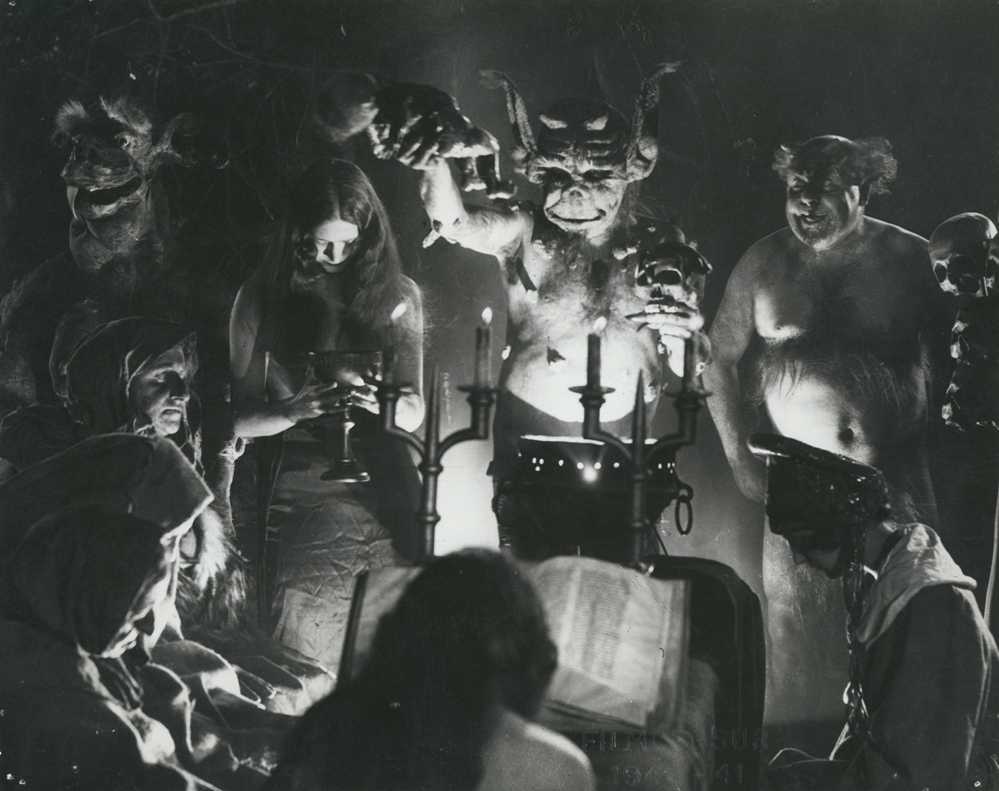
The career of Benjamin Christensen is not the most uplifting story. Directing for almost thirty years, Christensen directed films in his native Denmark, Germany, and the United States. Today, he is seen as the second most-important and best silent film director from Denmark after Carl Theodor Dreyer, but he was largely ignored during his career. He never knew the success that a man of his talents deserved.
All of his American films were failures at the time of release and have not stood the test of time, apart from The Mysterious Island (1929), which is now considered the highlight of his American features.
But the shining star of his filmography is Häxan (1922), his final Danish release before his return from Germany and the United States. The film is presented as a docu-fiction that looks at the history of witchcraft and analyzes witch hunts.
The film was not well-liked at the time of its release, but Christensen was praised for his directorial talent. Häxan was very controversial for its graphic content, perversion, and scenes of torture, and faced heavy censorship across the world. In retrospect, it has been praised as one of the most unique and best silent films of all time and is the only Christensen film that has received consistently commendable reviews.
14. Richard C. Sarafian – Vanishing Point (1971)
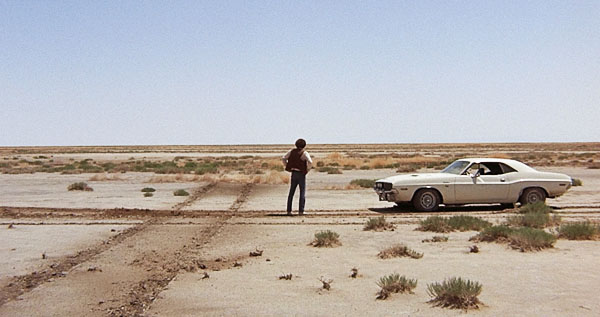
A well-known television director, Richard C. Sarafian worked on such classics as Maverick, The Wild Wild West, I Spy, Batman, and Gunsmoke. When he dabbled as a film director, his success is less well-known, apart from making a film that joins Hellman’s Two-Lane Blacktop among the most beloved cult classic road movies.
The film? Vanishing Point (1971), which tells the story of a Vietnam War veteran who makes a bet on how fast he can deliver a car, becomes involved in a heated police chase, and is treated as a hero by a radio broadcaster who reports on his wild journey.
The film was a box office success upon release, but critics were not high on the film. One of the requirements of being a cult classic is the improvement of reputation as the film ages, and Vanishing Point is no different.
Today, it is praised by critics for its tight action and strong depiction of the United States immediately following the 1960s. The film is also a favorite among directors, including Steven Spielberg and Quentin Tarantino. Edgar Wright, director of Baby Driver (2017), cited the film as one of the key influences on the film.
15. Willard Huyck – French Postcards (1979)
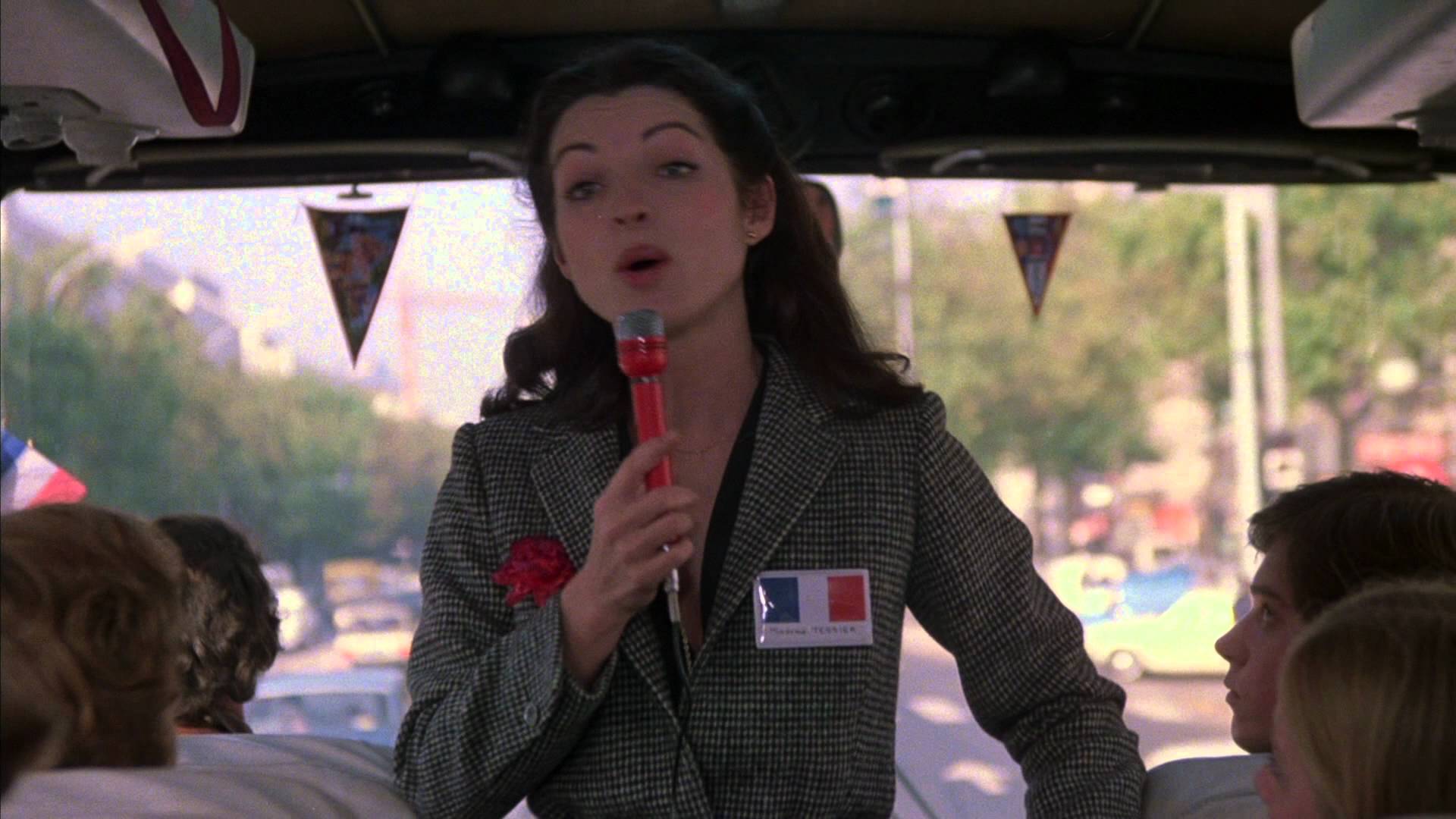
This list ends with a director who is most well-known for the way that his career ended. Before he was a director, Willard Huyck was one of the most sought-after screenwriters following the massive success of George Lucas’ American Graffiti (1973). He also wrote Indiana Jones and the Temple of Doom (1984) and contributed to Star Wars (1977).
As a director, his career was brief. He made four films, including the unsuccessful Messiah of Evil (1973) and Best Defense (1984). The film in between those two, French Postcards (1979), was his lone hit.
French Postcards was a mild success and well-liked by critics, who considered it a good movie but not necessarily great. American critic Roger Ebert was one of the critics who gave the film a glowing review. The film is also partly responsible for the breakthroughs of actress Debra Winger and actor Mandy Patinkin. However, Huyck is most notable for the end of his career.
In 1986, he released the film Howard the Duck, which won the Golden Raspberry for Worst Film. He has not directed a film since and has seldom worked since its release.
Author Bio: Will Sautter is an English and Film Studies undergraduate and aspiring filmmaker. Labeling himself a cinemaniac, he is currently working on an auteur theory article and a book on the Italian Neo-Realism, French New Wave, and New Hollywood film movements. His love of movies covers film noir, 1960s Italian cinema, samurai films, the works of Wes Anderson, Sam Peckinpah, and Ingmar Bergman, and everything in between.